A Visit To Kanchipuram’s Divinity
A divine day trip to the temple town of Kanchipuram organised by Silver Talkies was memorable for our member Preeta. She shares her experience here. A must-read if you're planning a visit!
I'm going to tell you the story of a memorable day trip. The destination was the temple town Kanchipuram, and the agenda was to see at least four temples, visit a museum and buy sarees! On February 27, we started our journey early in the morning from Chennai and headed towards Kanchipuram accompanied by our guide Abhirami Shyla. Our first stop was breakfast on the outskirts of the city, after which we proceeded to the Kanchi Kamakshi temple, an ancient and beautiful temple. The temple is famous for its captivating idol of the Devi, with a big Sri chakram on the floor in front of her. The Alankaram of the Goddess was Saraswati Devi and she sat in a majestic but serene splendour with the Veena on her lap. Nidhi, who is the co-founder of Silver Talkies, had made arrangements for a special darshan so we were able to sit close to the sanctum sanctorum and peacefully offer our prayers to the benevolent Goddess.

Our next stop was the Ekambareswarar temple. The temple has an interesting legend associated with it. Once, Goddess Parvati playfully closed the eyes of the Lord from behind, just like children do. However, the world was immediately plunged into darkness as each of the lord's eyes are the sun and the moon that power the world. Since they were forcibly shut, the world was eclipsed and living creatures were unable to survive. In response, the Lord promptly ordered Devi to live on earth as a human and repent for what she had done.
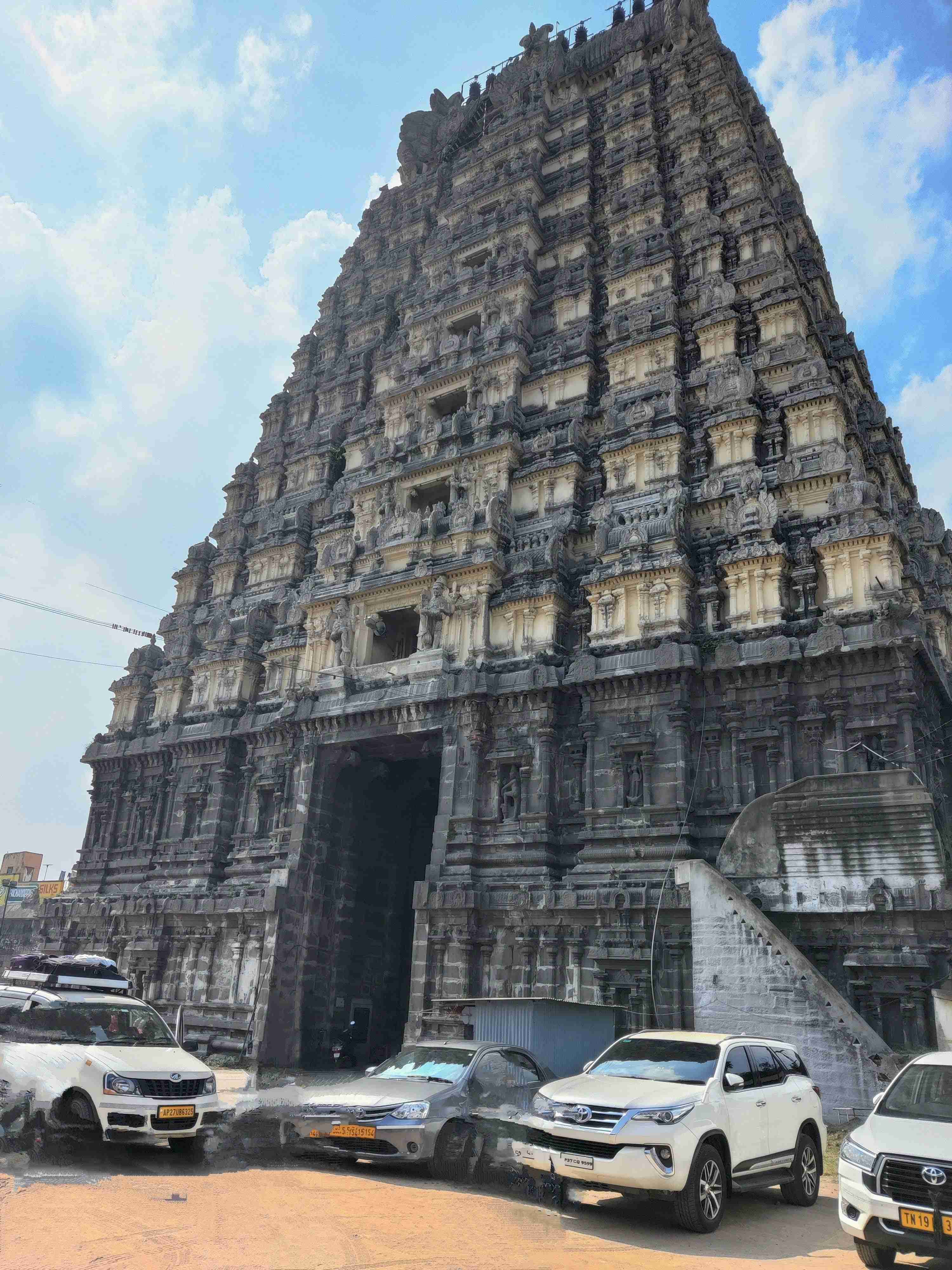

A repentant Devi lived on earth as a human. She made a Shiva Lingam out of sand and offered her prayers to the lord. One day, a sudden flood hit the region. Without any second thought, she embraced the lingam in a bid to protect it from the rising water. Impressed by her true devotion, Lord Shiva relented and agreed to marry her. The couple got married under a lone mango tree. The temple legend has it that this mango tree was where the temple stands today. You can see a remnant of the tree trunk and also a much younger tree now that has a beautiful idol of Lord Shiva and the coy Devi Parvati next to him. We had a special darshan of this sacred site as well.
After lunch, we headed to a saree shop where I gave in to the temptation of buying a couple of the beautiful Kanchi cottons with their vibrant colours and beautiful designs!
Our next stop was at the Kailasanathar temple - this is a very ancient temple from the Pallava reign, made of sandstone and originally had colourful carvings and murals with vivid natural dyes. Sadly, the stand stone carvings have eroded due to the passage of time and the effects of wind and rain. But we could still see the patches of bright colours in some parts. The temple is home to a beautiful Shivling. Our guide Abhirami guided us to structures dedicated to Lord Vishnu and the alcoves where one can still see traces of the natural dyes.

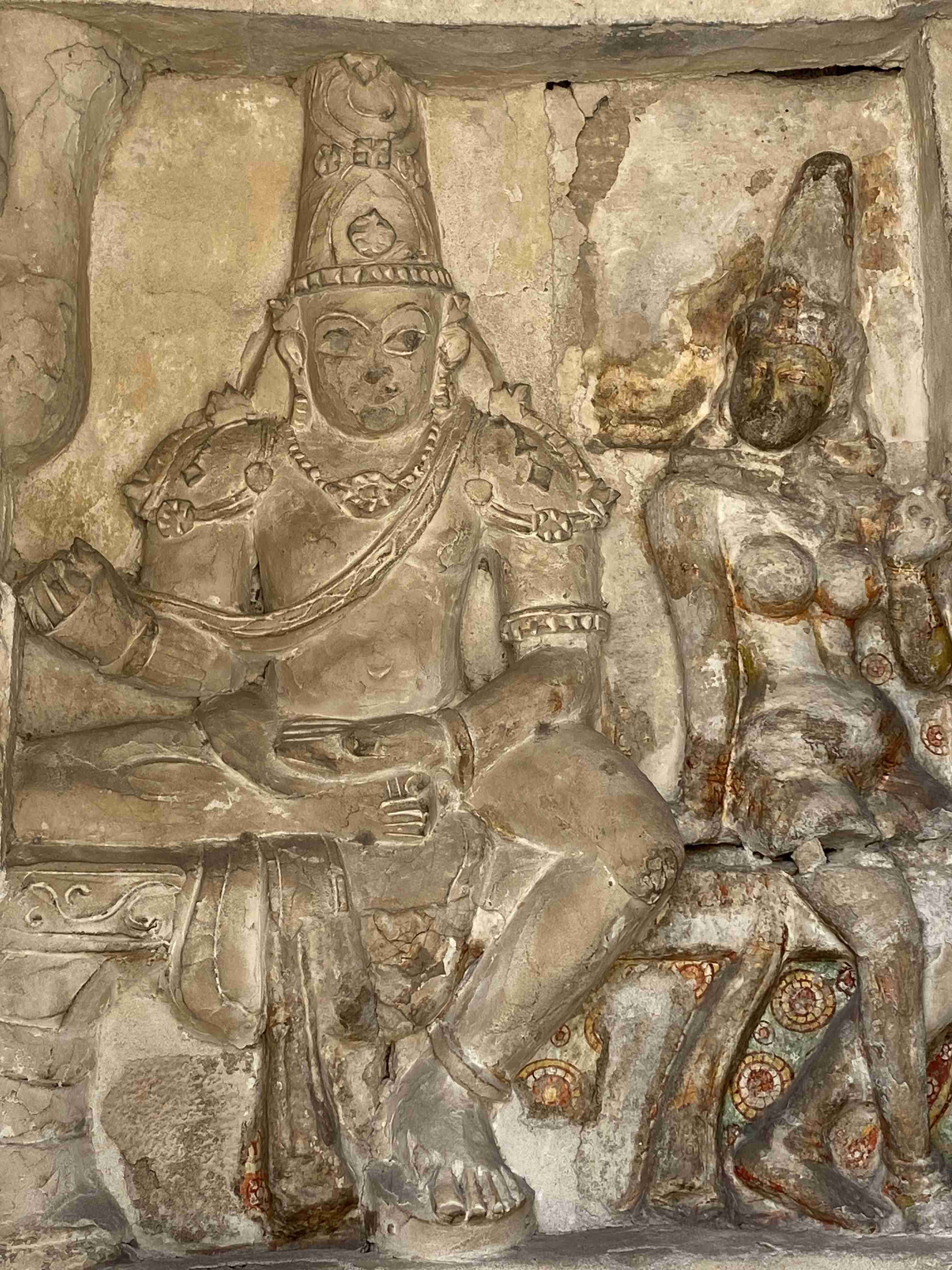
Afterwards, we visited the folklore museum, which was once the family home of Sir C P Ramaswami Aiyar, the erstwhile Dewan of Travancore and a statesman who accepted to be Dewan of Travancore on the assurance that the state would promulgate an ordinance to introduce Temple Entry for all Hindus, irrespective of caste. His first act as Dewan was the introduction of the Temple Entry Act, promulgated in 1936 by the Maharajah of Travancore. This was the first step taken in India to abolish untouchability by direct government action and was much praised and appreciated by Mahatma Gandhi. The house has been preserved very well by C.P. Ramaswami Aiyar Foundation, managed by a member of the family Nandita Krishna.
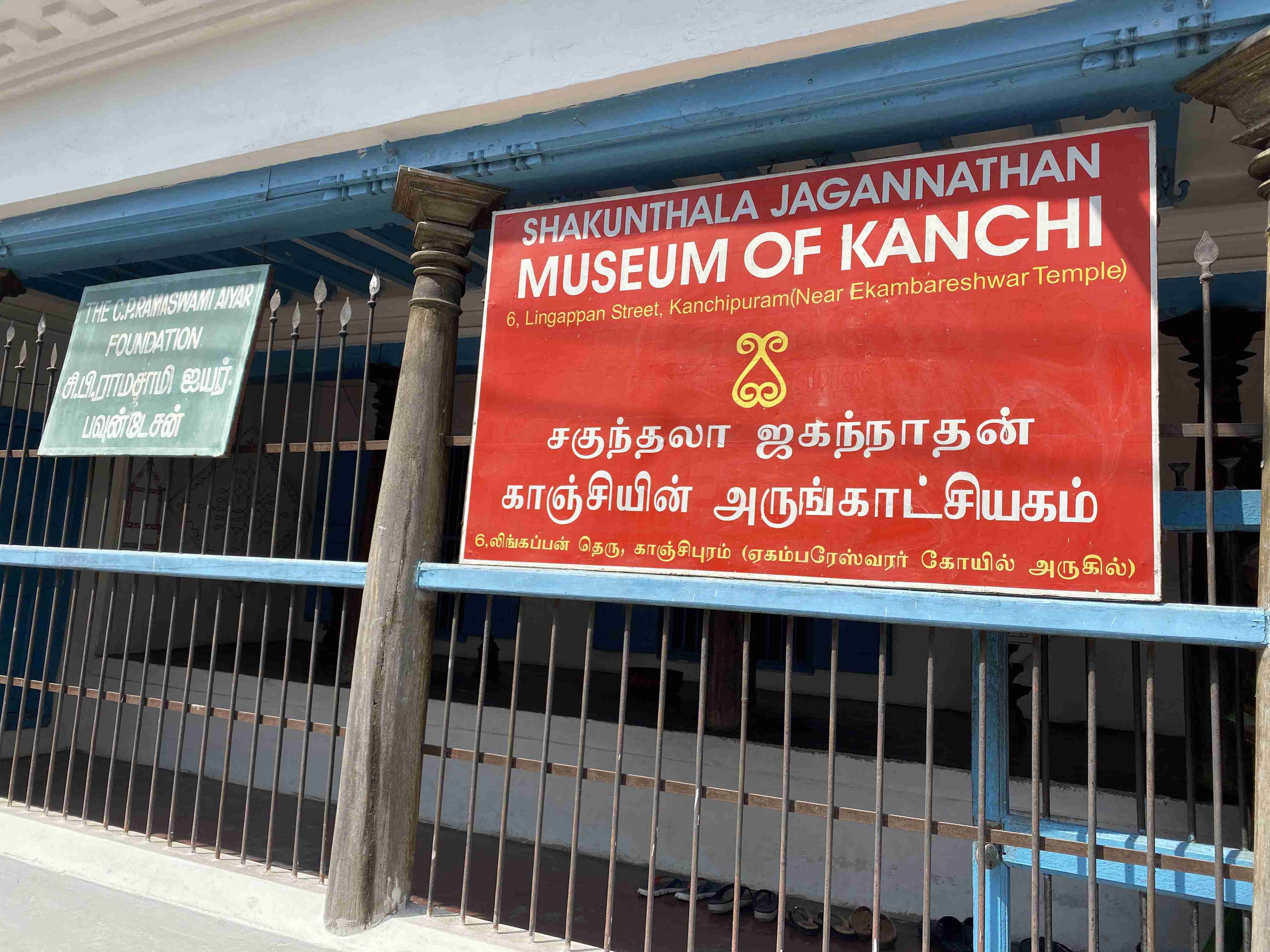
We were able to imagine what a typical Agraharam home would have been like in days gone by. The museum has a vast and diverse collection of Kolu dolls. There was also a zenana or women’s section in the house. In the olden days, this is where the women and children lived. They were confined to the upper floors of the house and communicated with the people downstairs through the windows from upstairs. The most impressive part of the house was the very beautiful pooja room and kitchen, which had utensils from a bygone era.
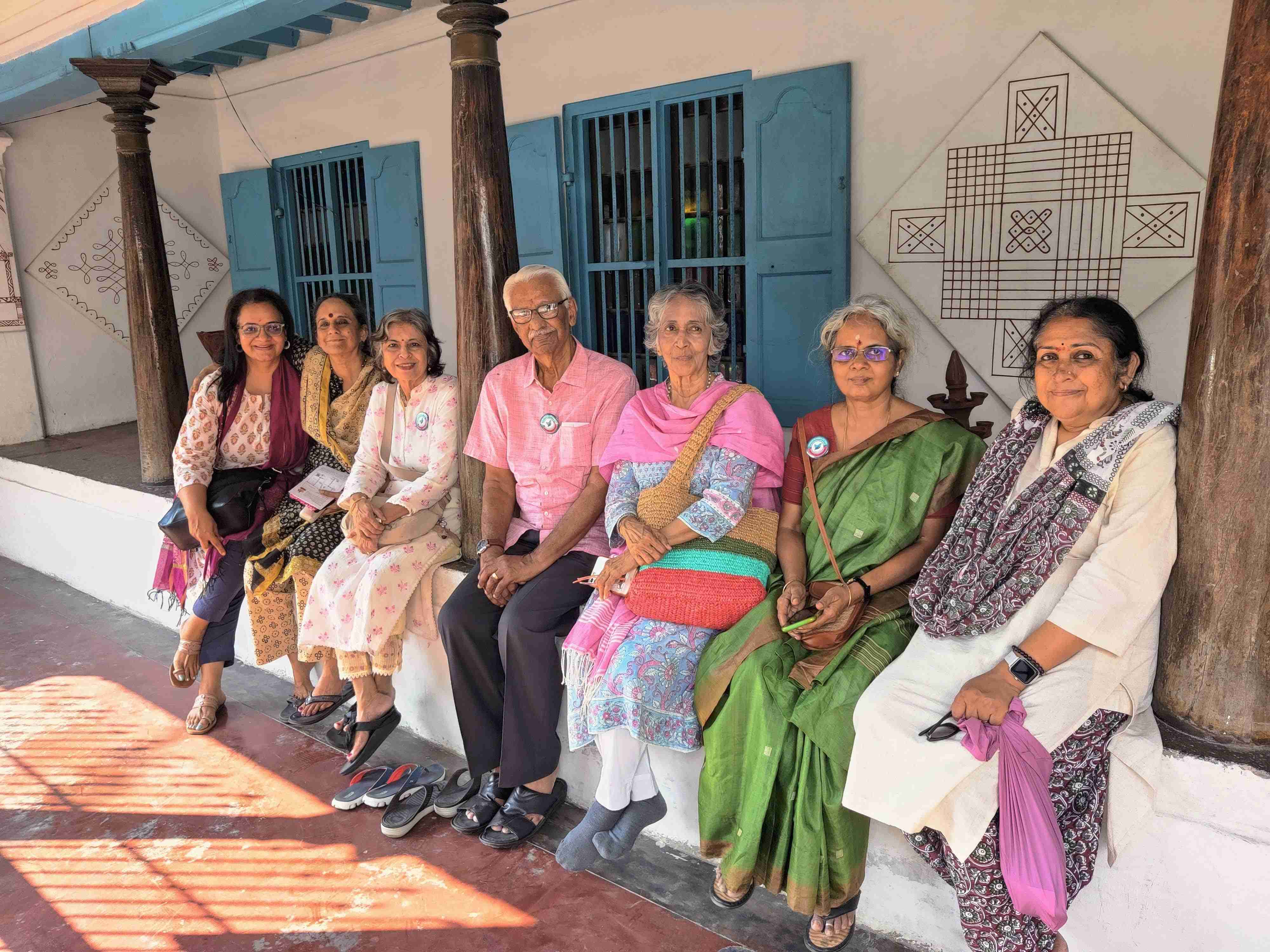

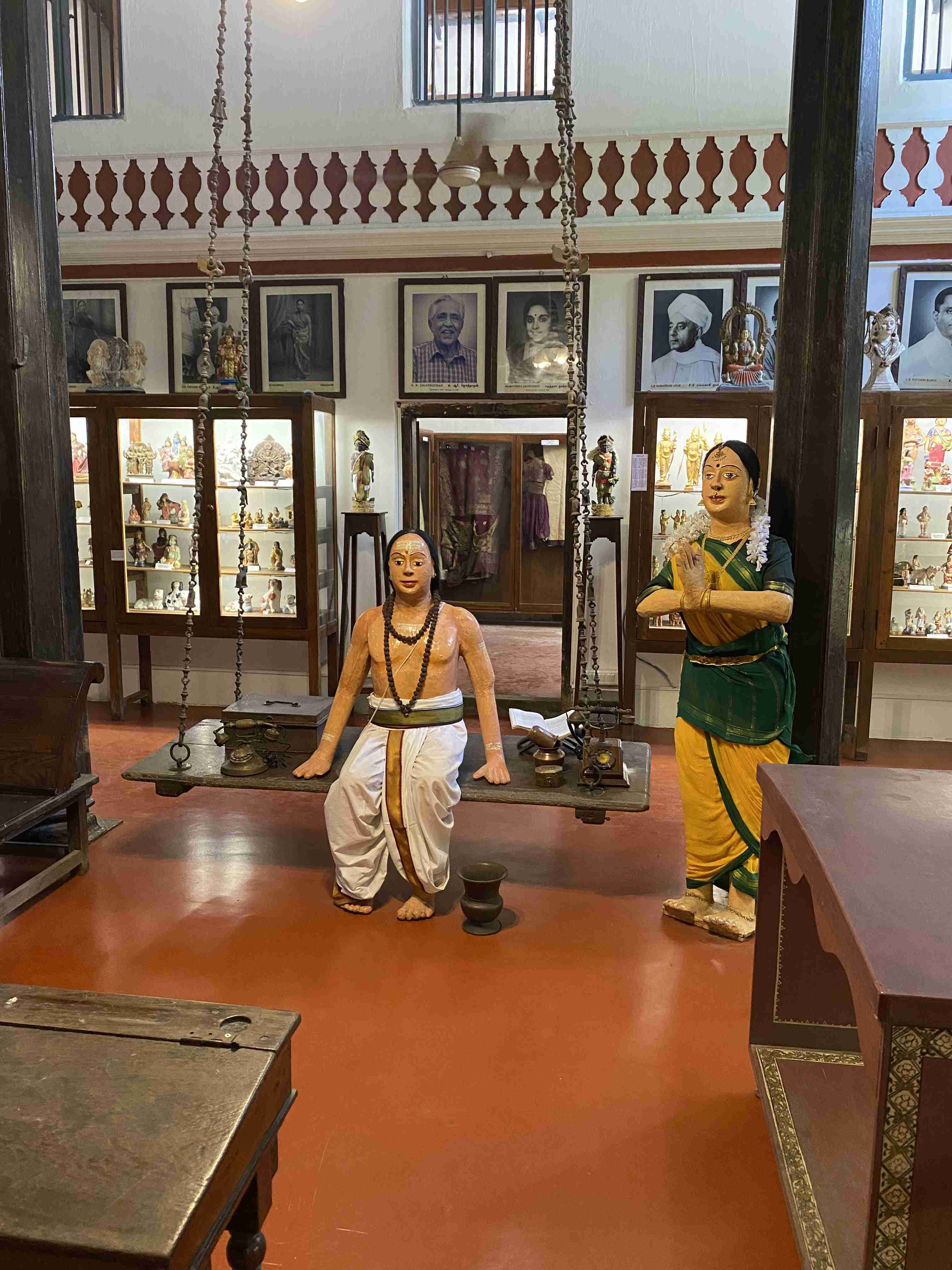
Our journey led us to the Varadharaja Perumal temple next, a temple dedicated to Lord Vishnu and famous for its distinctive ritual. In the temple tank, there lies a wooden idol of Lord Vishnu, intricately carved from a fig tree. The idol is taken out of the water once every 40 years and worshipped for 48 days with great devotion before being immersed again at the bottom of the tank. This unique practice left us in awe.
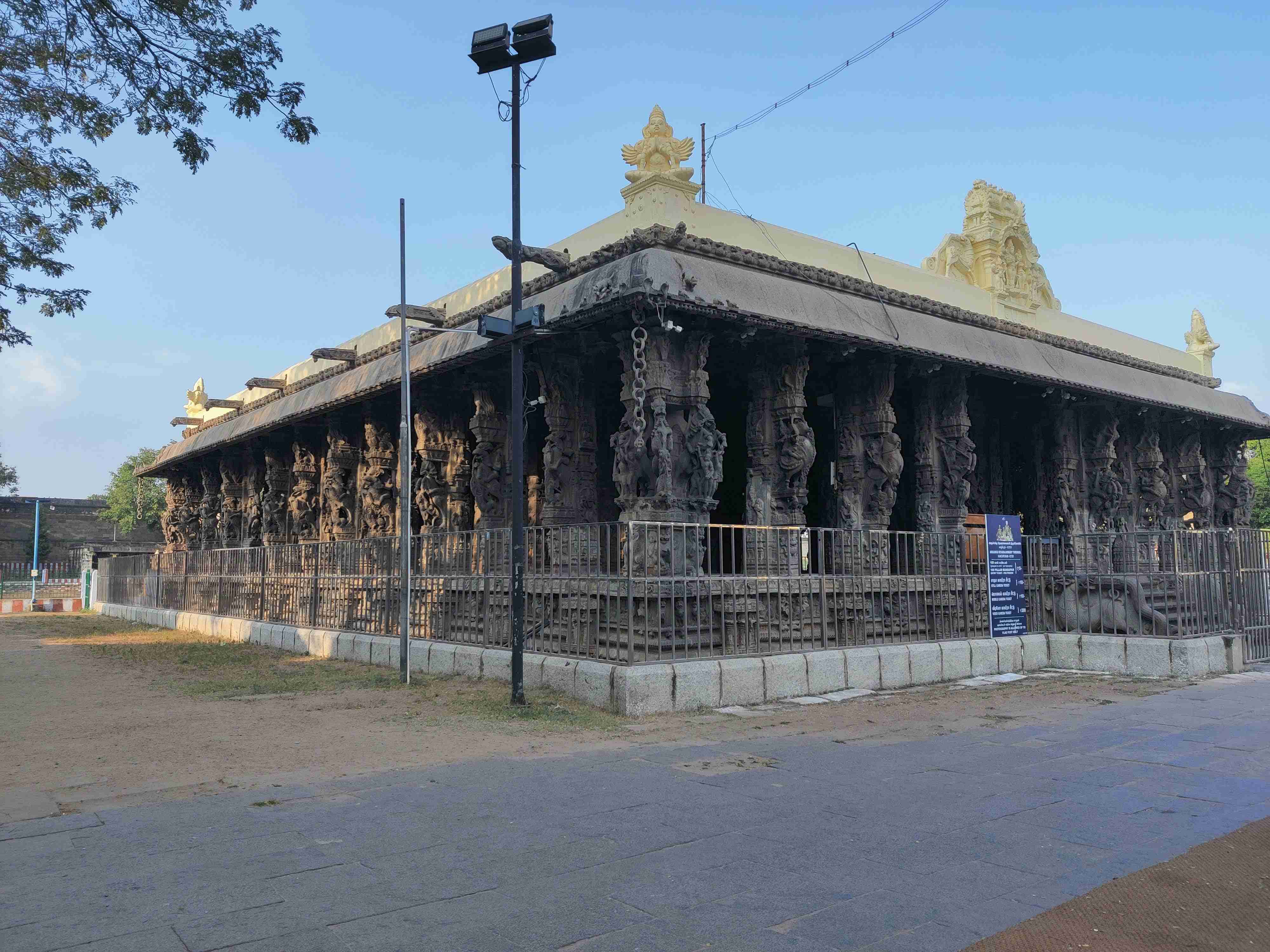
The entire experience of visiting these temples was unforgettable and coupled with the backstories, left us with a deeper appreciation for their significance.
I was fortunate to have a small group of delightful travelling companions -- Mr Iyer, who was witty and entertaining, and his sweet wife Girija. We were joined by Shobha Hebbar and her cousin Suchi and also fellow club members Rukmini, and Radha. As expected from a Silver Talkies club event, one of the organisers took care of everything. In this case, Nidhi ensured our comfort and arranged for us to have good darshans. We also had the pleasure of being guided by Abhirami, who shared fascinating legends about Kanchipuram that made our visit all the more special. By the time we left for Chennai, it was almost sunset, and we were tired but content after a day spent in the cool temples. We felt cleansed and rejuvenated by our serene visit to see these deities. We all agreed that we looked forward to more outings like this in Chennai.
The Silver Talkies Club organises day trips and travel to beautiful destinations both in India and overseas frequently. To know more or become a member, contact us at connect@silvertalkies.com or click here to view plans.
Comments

Ramesh
19 Apr, 2024
Very well written and informative. Normally we visit the Kamakshi temple only, enroute to Bangalore from Chennai. We will probably plan a night stay in Kancheepuram and visit all these temples and the museum too!

Sudha
18 Apr, 2024
very informative and well written Preeta.

Chandar
16 Apr, 2024
very well written travelogue. 👏👏
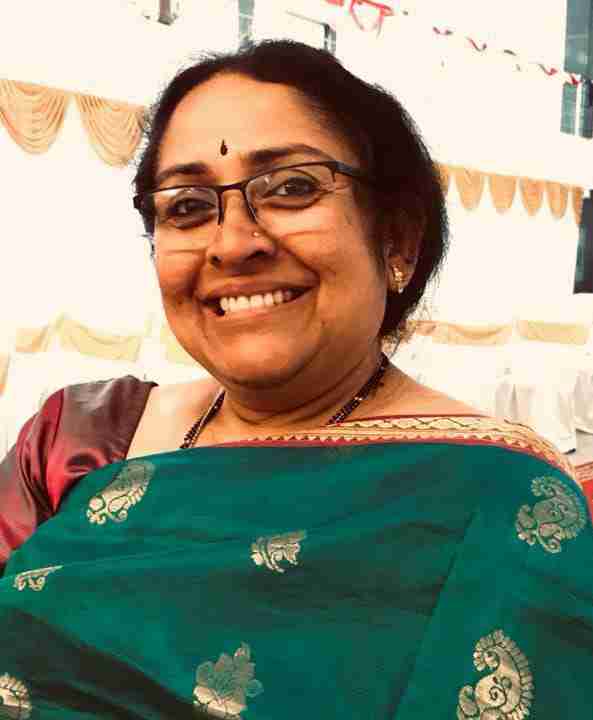



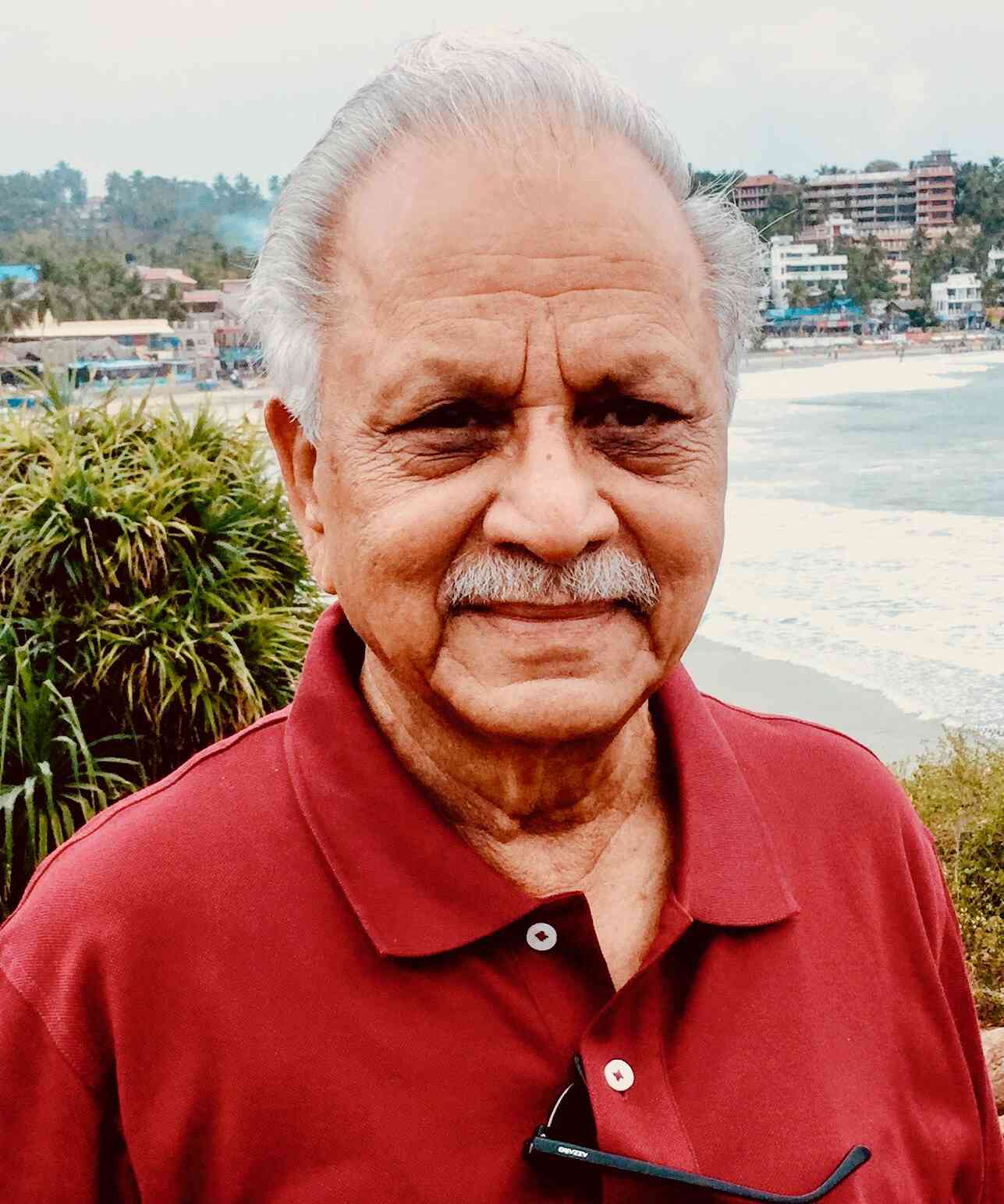

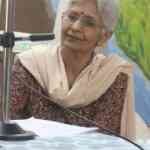
Post a comment